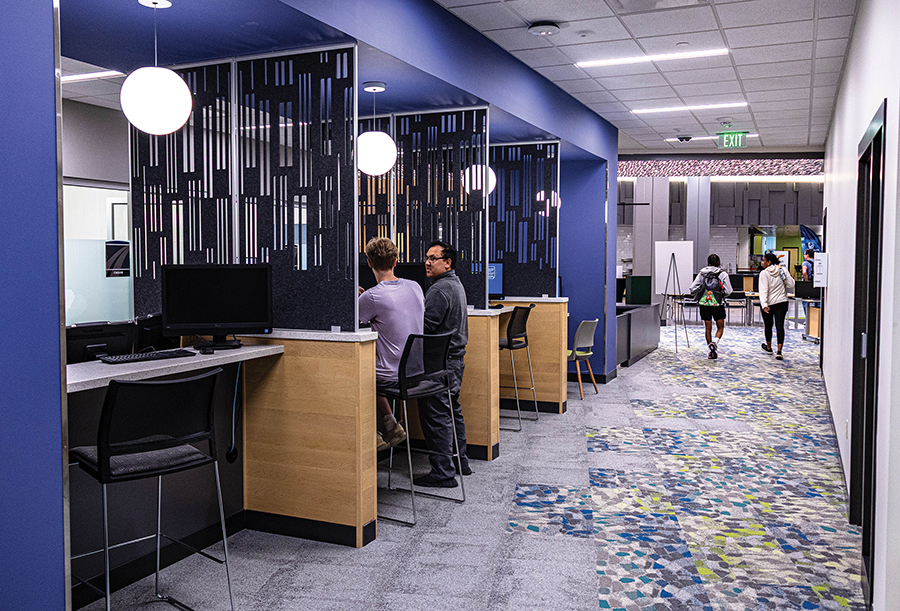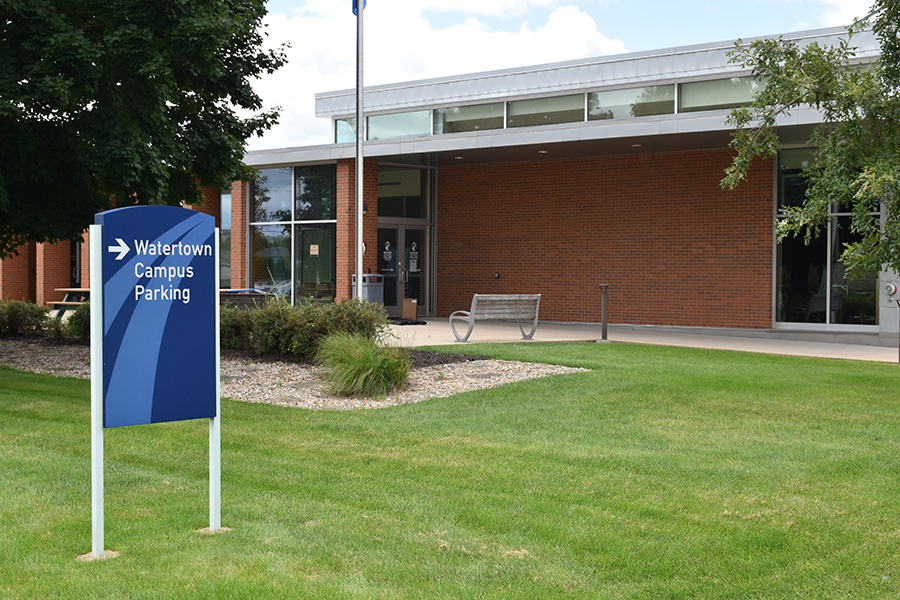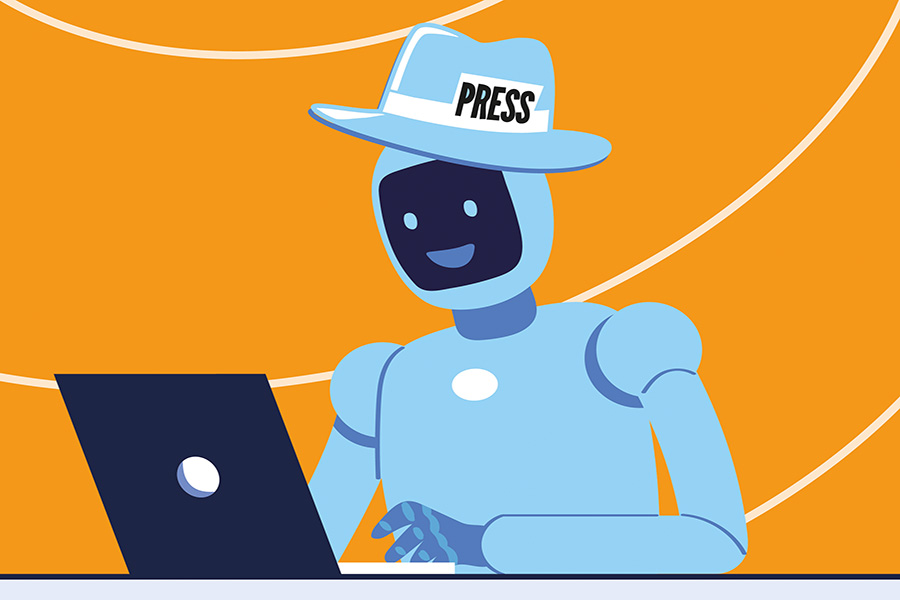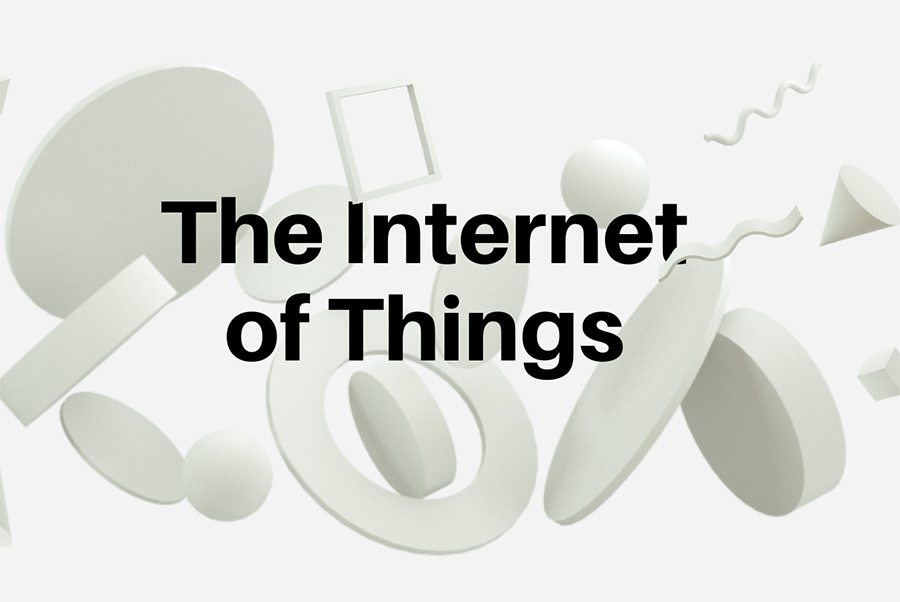When one thinks of “the internet,” we often envision the software on our screens — the browser, the website, the playing video or the online multiplayer video games. However, there’s another aspect of the internet that’s more “physical” and “tangible” in nature, called the “Internet of Things” (IoT).
This revolutionary technology has been transforming our way of living, working and interacting. In a nutshell, IoT can be thought of as a network of interconnected devices of various “form factors” that collect and exchange data to create a seamless user experience well beyond a smartphone or a computer screen. Some popular examples include “smart homes,” “smart cities,” “cloud-enabled cars” and “smart meters.”
Broadly speaking, IoT refers to a system of interrelated devices — mechanical and digital machines, objects, animals or people — that are provided with unique digital identifiers (sensors, for instance) and can transfer data over a network. These devices range from simple sensors, such as smart home devices and wearables, to complex elements like industrial control systems (ICS).
The core of how IoT works is by employing a multi-layered architecture that integrates hardware, software and networking components. IoT devices, equipped with sensors and actuators, collect real-world “data”, using various communication protocols (Wi-Fi, Bluetooth, and cellular networks) to transmit information securely.
IoT platforms act as middleware, managing devices and initial data processing. Cloud computing infrastructure provides the necessary computational power, where advanced analytics engines employing complex algorithms, machine learning and AI techniques process the aggregated data to extract meaningful insights.
These insights are then made available to end-user applications through Application Programming Interface, enabling the development of user-friendly interfaces and automated systems. This intricate ecosystem allows for the seamless flow of information from the physical world to digital systems and back, driving the transformative power of connected devices in our lives and industries.
In terms of practical applications, IoT’s use cases are vast and diverse. In smart homes and cities, for example, IoT enables energy management, security and convenience — streamlining recurring tasks and improving quality of life. Smart thermostats like the Nest Learning Thermostat optimize temperature, while smart lighting systems such as Philips Hue adjust brightness and color. IoT-powered security systems like Ring or Arlo detect intruders and alert authorities, and they’ve been even more enhanced using AI. In industrial settings, IoT-enabled tools optimize efficiency, productivity and predictive maintenance, leading to reduced downtime and costs by using sensors that monitor equipment performance, detecting potential issues well before they occur. For instance, General Electric’s Predix platform uses IoT sensors to predict maintenance needs for industrial equipment, significantly reducing unplanned downtime.
Healthcare and wearables are also transformed by IoT, with monitoring and tracking tools improving healthcare outcomes by enabling proactive care and personalized medicine. Wearables like the Apple Watch or Fitbit track vital signs, detecting anomalies and alerting healthcare professionals, while IoT-powered diagnostic tools enable remote consultations and personalized treatment plans.
A real-world example is the AliveCor KardiaMobile, an FDA-cleared personal EKG device that connects to smartphones, allowing patients to record and share heart rhythm data with their doctors. Even transportation and logistics benefit from IoT, enhancing supply chain efficiency and reducing costs; sensors monitor vehicle performance, predicting maintenance needs, while IoT-enabled tracking systems ensure timely deliveries and reduce logistics costs. For example, UPS uses IoT sensors in its delivery trucks to monitor engine health, fuel consumption and driver behavior, optimizing routes and reducing maintenance costs.
The benefits of IoT are numerous: it increases efficiency, productivity and convenience while reducing costs and improving executive decision-making. Enhanced customer experiences and improved safety and security are additional benefits. However, security risks associated with IoT devices (data breaches and hacking) are significant concerns, especially with increasing cyberattacks; data management, analytics and interoperability among devices also pose challenges.
Looking ahead, emerging trends such as Artificial Intelligence (AI), 5G networks, and Edge Computing will thoroughly shape IoT’s future. AI-powered IoT devices will make decisions autonomously, while 5G networks will enable faster data transfer; Edge or “on-device” computing will also reduce latency, enabling real-time processing.
In closing, IoT as a technology has already transformed and is continuing to transform our world through enhanced sensor spread, better connections and more seamless experiences. As IoT continues to evolve, its potential impact on various industries will radically change the way we humans experience life.
Cyberspace has invaded physical space
Balaji “Abi” Abishek, Tech Writer
October 21, 2024
Story continues below advertisement
























